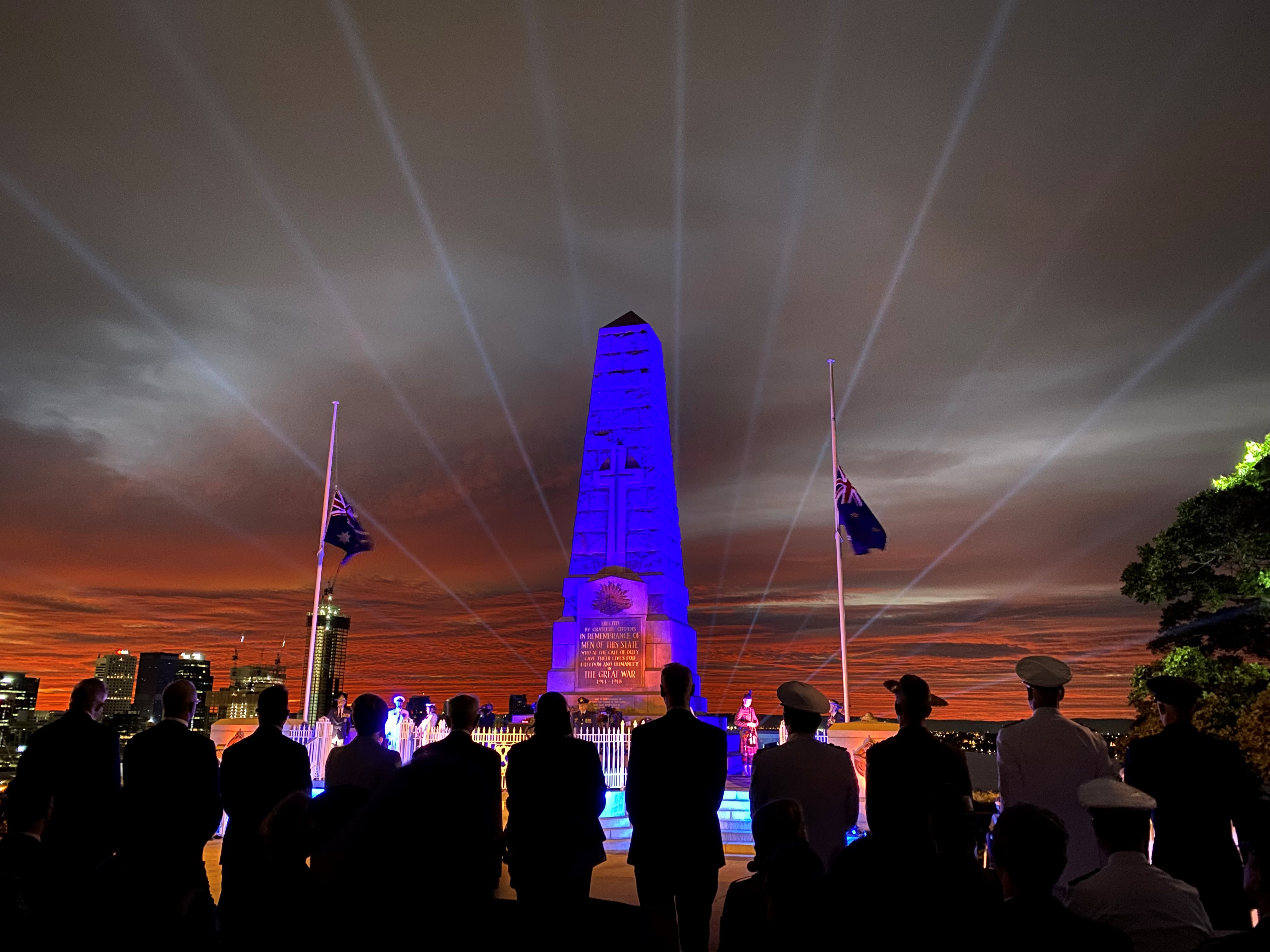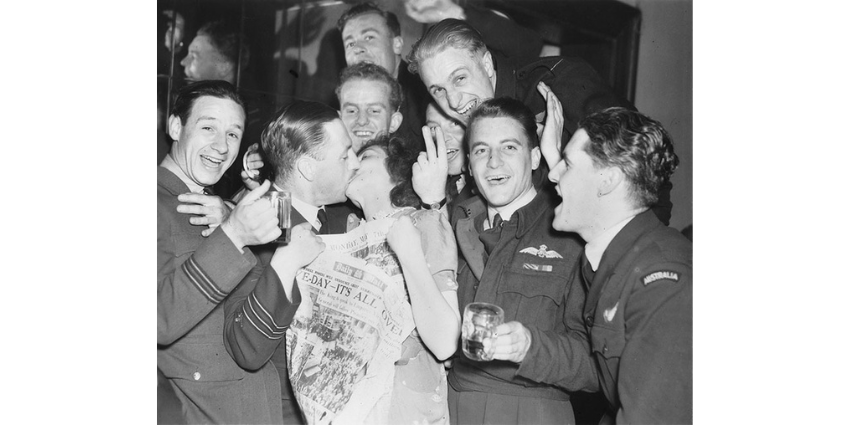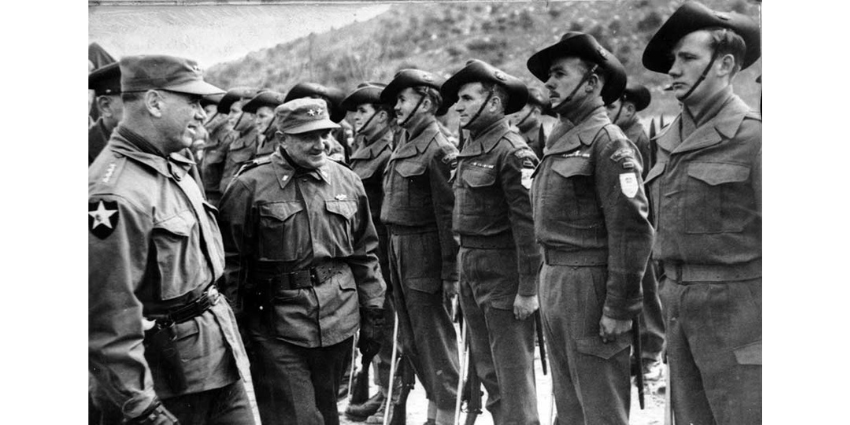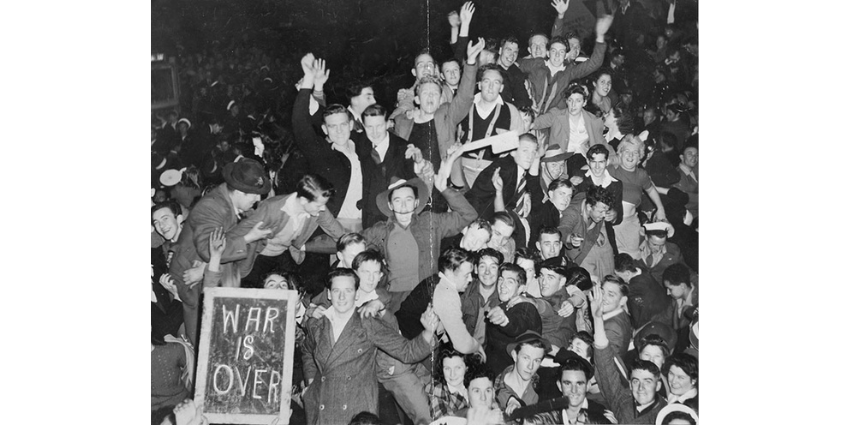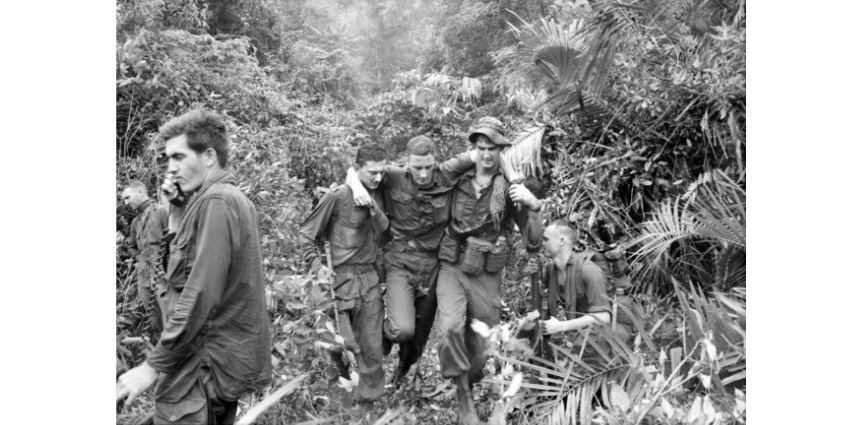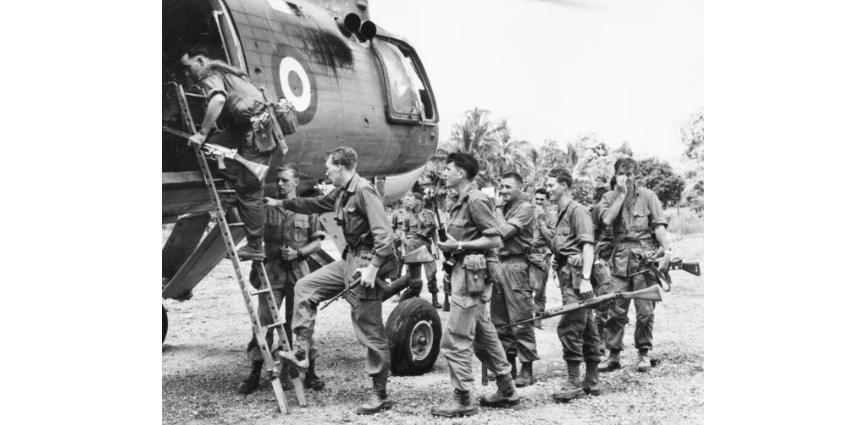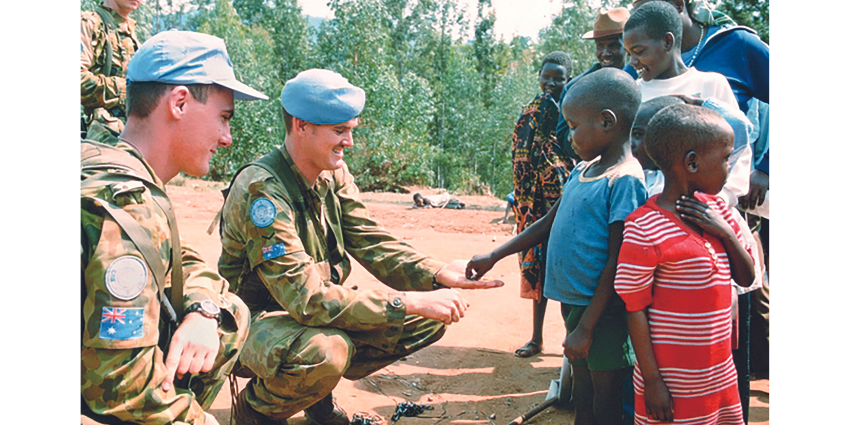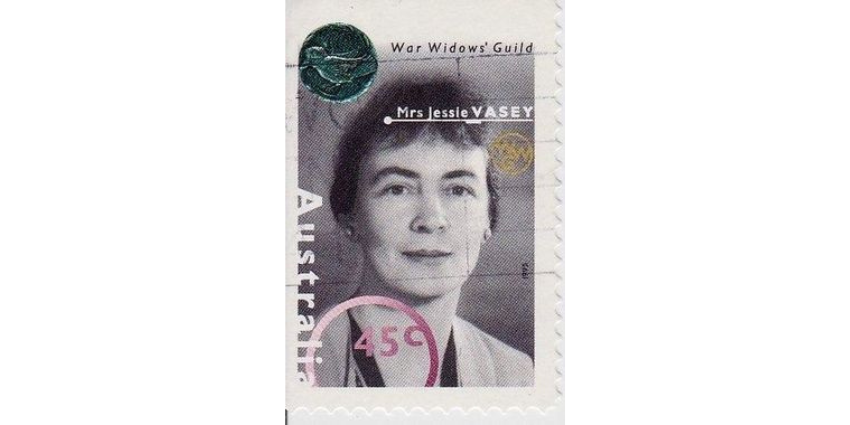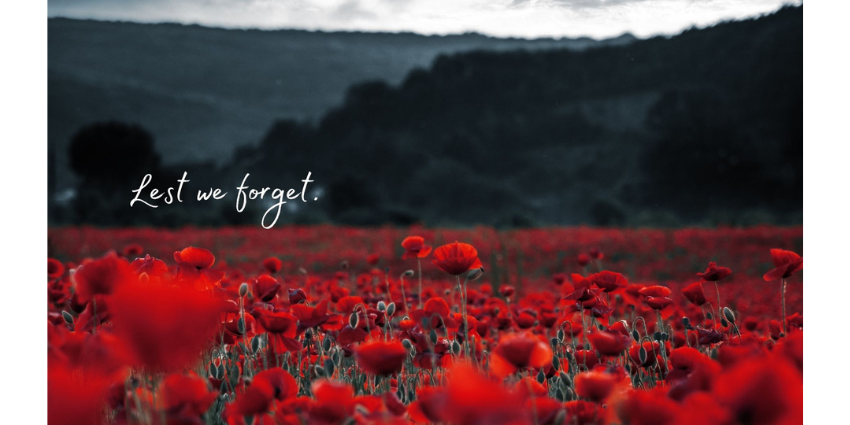Australia has been shaped and influenced by its experience of war. Commemoration plays an important role in recognising the service and sacrifice of Australian service personnel in wars, conflicts and peacekeeping operations.
It deepens our understanding of our nation’s history and our appreciation of the service and sacrifice of previous generations. It is appropriate that the Western Australian Government supports the commemoration of significant anniversaries in our nation’s military history.
25 April - Anzac Day
Show moreAustralians commemorate Anzac Day on 25 April every year. This is the anniversary of the day when Australian and New Zealand soldiers landed on Gallipoli in 1915 as part of the Allies' invasion. Anzac Day draws large crowds of people to the dawn services, and marches are held around the country.
Anzac Day is a time for all Australians to recognise the more than 1.5 million service men and women who have served our country in all conflicts, wars and peacekeeping operations. It's also a time to remember the over 103,000 Australians who sacrificed their lives in our country's name.
For information about Anzac Day services in Perth click here
8 May - Victory in Europe Day
Show moreVictory in Europe (VE) Day marks Germany's surrender in World War II after almost 6 years of conflict. It's a significant date for us to remember and reflect on the important role of many Australians across the European theatre of war.
Prime Minister Robert Menzies declared Australia at war on 3 September 1939. Nearly 1 million Australians served in the armed forces during the war. Many service personnel died in and around Europe, on the seas, on land and in the skies. Some 10,000 Australians lost their lives, at least another 10,000 were wounded and a further 8000 became prisoners of war. The end of the war in Europe brought about liberation for Australians and other allied service men who were held as prisoners of war in German-occupied countries.
It also meant freedom for the hundreds of thousands of men and women held in internee, forced labour and concentration camps across Europe.
On VE Day, we remember Australia's war efforts across the European theatre of war.
27 July - Korean Veterans Day
Show moreOn 27 July each year, we commemorate Korean Veterans' Day. This is the anniversary of the day in 1953 when an armistice was signed to end the fighting in Korea. This day is a time for us to remember the almost 18,000 Australians who served in the war, including some 340 who lost their lives.
The Korean War began on 25 June 1950 when the Korean People's Army of North Korea invaded South Korea. The North Koreans captured South Korea's capital, Seoul, within days. The United Nations Security Council declared North Korea the aggressor and set up the United Nations Command, a joint force to support South Korea. Australia was one of 21 members of the United Nations to send military forces to help South Korea.
Of almost 18,000 Navy, Army and Air Force personnel who served in Korea, 340 lost their lives, over 1,216 were wounded, and 29 became prisoners of war (POWs).
15 August - Victory in the Pacific Day
Show moreVictory in the Pacific (VP) Day is commemorated across Australia and the world. The 15 August is the anniversary of the day World War II ended, and this year marked 75 years since Japan accepted the Allied Nations' terms of surrender and Australia's Prime Minister, Ben Chifley, announced that the war was over.
World War II is a significant event in Australia's history. Nearly one million Australians served in the armed forces during the war. It was also the first time since European settlement that Australia came under attack.
On VP Day, we remember Australia's war efforts from 1942 to 1945 in the Pacific region, including in Singapore, Borneo, Malaya, Papua, New Guinea and New Britain. It was a time when people worked hard and cooperated to defend the nation.
We commemorate those who served in the war. Some 40,000 Australians didn't return home to their families. Over 17,000 of them lost their lives while fighting in the war against Japan, some 8,000 of whom died in Japanese captivity.
18 August - Vietnam Veterans Day
Show moreOn 18 August, we commemorate Vietnam Veterans' Day on the anniversary of the Battle of Long Tan in 1966. We remember the sacrifices of those who died and say thank you to almost 60,000 Australians who served during the 10 years of our involvement in the Vietnam War.
The Vietnam War was Australia's longest military engagement of the 20th Century. The arrival of the Australian Army Training Team Vietnam in South Vietnam during July and August 1962 marked the start of Australia’s involvement in the war. By the time the war had come to an end, almost 60,000 Australians served during a decade of conflict between 1962 and 1972. Tragically, 523 of them died and 3000 were wounded.
On this day, we commemorate all the battles fought by Australians in Vietnam, from large-scale operations to platoon and section-level encounters. We remember the sailors of the Royal Australian Navy who supported land operations, and members of the Royal Australian Air Force who served in combat and transport roles.
Monuments Australia - Vietnam Memorial Pavilion - Kings Park
31 August - Malaya and Borneo Veterans Day
Show moreEach year on 31 August, Australia commemorates Malaya and Borneo Veterans’ Day. It's the day we reflect on the service and sacrifice of all Australian military personnel who served in the Malayan Emergency and the Indonesian Confrontation. The Australian War Memorial Roll of Honour lists the names of 61 Australians who lost their lives in these conflicts.
Malayan Emergency 1948 to 1960 – The Malayan Emergency was declared on 16 June 1948 when Malayan Communist Party (MCP) guerrillas murdered three estate managers in Perak. Australia’s involvement began in 1950 when Royal Australia Air Force (RAAF) transports, bombers and personnel arrived in Singapore. They flew cargo runs, transported troops, dropped paratroops and did leaflet drops.
Ships of the Royal Australian Navy (RAN) began serving in Malayan waters from 1955. In 1956, Australian ground troops began anti-communist operations in Malaya, although contact with the guerrillas was very rare.
Lasting 13 years, involvement in the Malayan Emergency was Australia's longest continuous military commitment of the 20th century. 39 Australians lost their lives during the Malayan Emergency, most from the Australian Army.
Indonesian Confrontation 1962 to 1966 – The Confrontation (Konfrontasi) resulted from Indonesian attempts to destabilise and destroy the new federation of Malaysia, which formally began on 28 September 1963. The conflict originated in the Brunei Rebellion of December 1962. Indonesian-backed armed insurgents had unsuccessfully tried to seize power in the independent enclave of Brunei. Then small parties of armed Indonesian volunteers began to infiltrate Malaysian territory on Borneo. By 1964, Indonesian regular army units were involved.
The first Australian infantry arrived in Borneo in March 1965. These troops, and their successors, were involved in combat on both sides of the border. Many suffered landmine casualties. Two squadrons of the Special Air Service, several artillery batteries and parties of the Royal Australian Engineers were also deployed to Borneo. Ships of the RAN were involved in the surrounding waters.
Indonesia and Malaysia signed a peace treaty in Bangkok in August 1966, ending the conflict. 22 Australians who lost their lives during the Confrontation.
First Wednesday of September - Battle for Australia Day
Show moreOn the first Wednesday of September, we commemorate the Battle for Australia. We reflect on the bravery of those who served on Australia's home front, and the islands, the seas and in the skies to the north. It's an important reminder of a challenging time for Australians between 1942 and 1945.
Prime Minister John Curtin used the term 'Battle for Australia' after the fall of Singapore on 15 February 1942. A few days later, the Australian mainland was attacked by Japanese aircraft during the Bombing of Darwin. In response, thousands of Australians were engaged in multiple actions against Japanese forces between 1942 and 1943. These battles aimed to defend Australia and stop the Japanese from advancing further south.
Often described as the battle that saved Australia, the Battle of the Coral Sea is the largest naval battle ever fought off Australia's shores. On 4 to 8 May 1942, in the waters south-west of Solomon Islands and east of New Guinea, the Allies prevented a Japanese seaborne invasion of Port Moresby.
In late May and early June 1942, Japanese midget submarines launched a surprise attack on Sydney Harbour. They sunk HMAS Kuttabul, and 19 Australians and two British sailors died.
Australian service personnel also played a key role in the battles on the Kokoda Track, Milne Bay and Buna, Gona and Sanananda in Papua, and in New Guinea in places like Wau, the Huon Peninsula, Wewak and Bougainville.
Over 39,000 Australians died during the war, mostly in Asia and the Pacific campaigns. Many more were wounded in action – some so seriously as to end their service. Some 22,000 Australians became prisoners of the Japanese during the war, of whom about 8,000 lost their lives.
14 September - National Peacekeepers Day
Show moreOn 14 September each year, we observe National Peacekeepers' Day. It's the anniversary of the day Australia became the world's first peacekeepers to deploy into the field, in the Netherlands East Indies (now Indonesia) in 1947. Since 1947, tens of thousands of Australians have served as members of a peacekeeping force and 16 have lost their lives. This day is a time for us to recognise and remember their service and sacrifice.
At the end of World War II, conflict arose in the Netherlands East Indies. The Netherlands colonial government and its military forces on one hand and the Indonesian republicans on the other.
On 20 July 1947, the Netherlands launched Operatie Product. This strong offensive aimed to remove Republican troops from parts of Sumatra and East and West Java.
On 14 September, the Australians became the world's first peacekeepers to be deployed into the field. Other nations participating in the mission included Belgium, Britain, China, France and the United States. The mission helped Indonesia to gain independence from the Netherlands and marked the start of UN peacekeeping.
Australia has had peacekeepers in the field ever since its first deployment in 1947. Tens of thousands of Australians have served in peacekeeping roles. Tragically, 16 Australians have died while serving on these operations, including military and police personnel.
19 October - War Widows Day
Show moreStanding behind and beside our nation’s veterans throughout their service and beyond, war widows and veteran families provide the unwavering support during the ups and downs of military life. Sometimes defence service takes a toll on their loved one’s health – and our war widows are there to carry that burden on behalf of a grateful nation. War widows sacrifice their freedoms to enable their loved one’s service.
In April 2023, then Premier Mark McGowan announced that Western Australia would officially observe War Widows Day on the 19th of October every year. War Widows Day officially recognises and acknowledges the sacrifice of war widows from all conflicts whose husbands and loved ones gave their lives for our country.
11 November - Remembrance Day
Show moreRemembrance Day is one of the most important days on our commemorative calendar. It's a day when we acknowledge those who died while serving in wars, conflicts and peacekeeping operations. Remembrance Day is held on 11 November each year. This is the anniversary of the Armistice that ended fighting with Germany in World War I. People in Australia, and many other countries, observe 1 minute's silence at the 11th hour of the 11th day of the 11th month because that's when the Armistice came into effect. It's a time to honour our service personnel who died in service of Australia.
Since World War I, Australians have been called on many times to serve in wars, conflicts, and peacekeeping and humanitarian operations. Almost 2 million men and women have worn with pride the uniforms of the Royal Australian Navy, Australian Army and Royal Australian Air Force.
Tragically, over 103,000 names are listed on the Roll of Honour at the Australian War Memorial. Those listed were members of the Australian armed forces who died during or shortly afterwards (as a result of war service):
- World War I
- World War II
- post-1945 conflicts, warlike service, non-warlike service and certain peacetime operations
Remembrance Day is a time for Australians to unite in solemn respect and remembrance for all those who served and died. In 1918, Australia made a promise never to forget the service and sacrifice of 416,000 Australians who enlisted and over 60,000 who died. For over 100 years, we have kept this promise. We remember them still.



